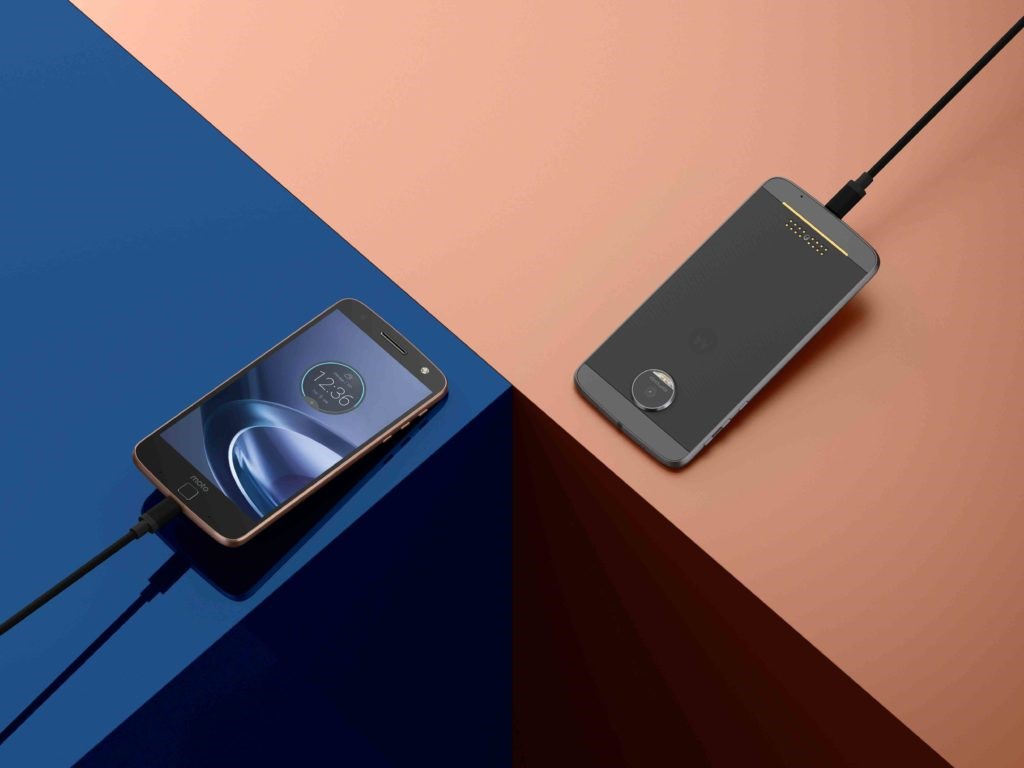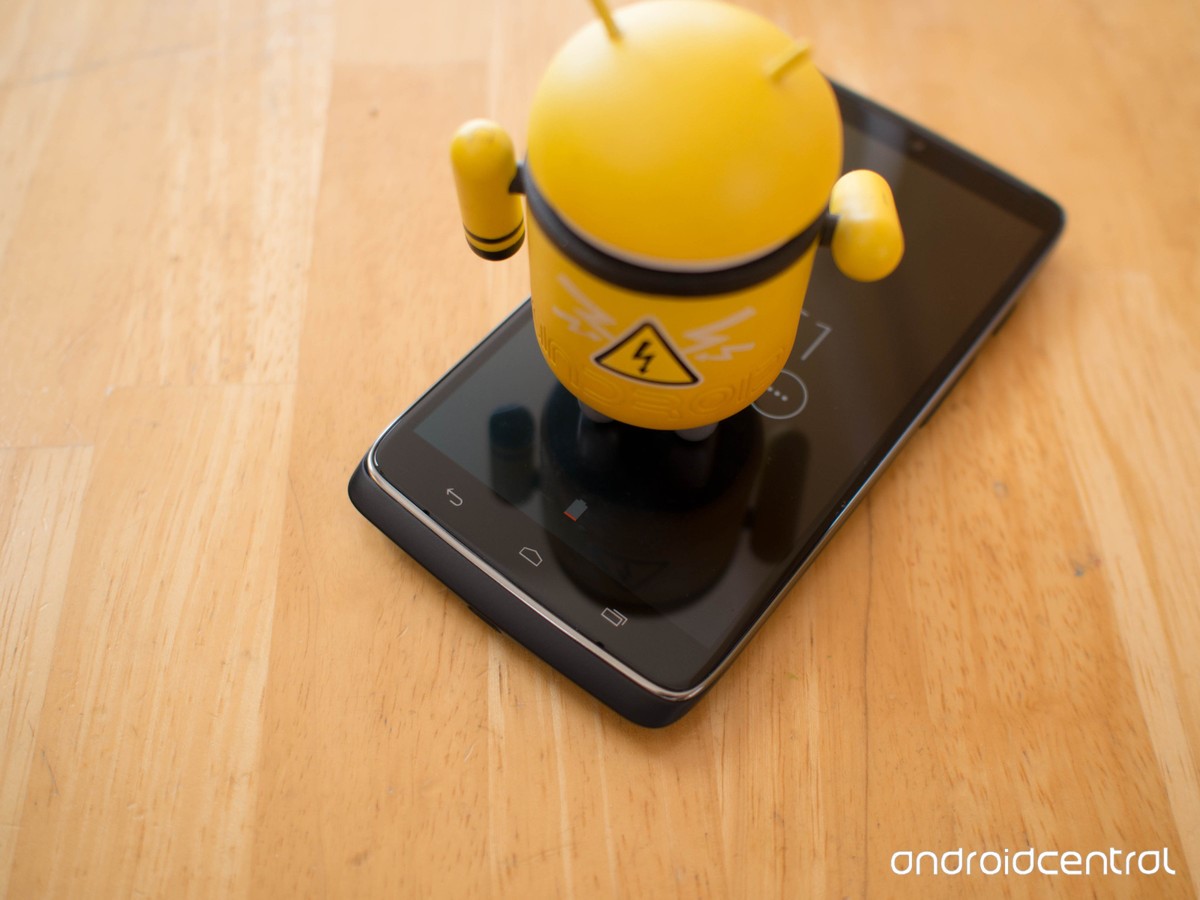
Let’s face it; USB-C is on the inevitable path toward mass dissemination. The notorious Samsung Galaxy Note 7 has adopted it, with the feature likely to extend across the company’s other high-end phones within the coming year before the remaining Android world follows suit — LG, HTC, and Huawei have already made the move. Like many first dates, the early adoption is an awkward tangle of cables, adapters, and incompatibility. So if you’re planning on upgrading within the next few months, here’s everything you need to know as a consumer about USB-C and its relationship to USB-micro.
First of all, USB-C is ambidextrous, bearing a reversible port that allows it to be plugged in from any angle, no matter which way you’re holding it. USB-C cables are also reversible on both ends, so either end plugs into the phone and adapter, making the stress relief from this alone enough to warrant an upgrade. At the same time, the USB-C connector cannot be plugged directly into your computer to charge your phone like USB 2.0 or 3.0.
From a more practical standpoint, USB-C is all about fast-charging, handling up to 100 watts (20 V, 5 A) of electricity. That’s enough throughput to take advantage of new power management standards like Quick Charge (QC). With QC, batteries are filled at four times the rate of conventional charging, reaching 80% capacity within a half hour before slowing down for the remaining 20% of the battery. Achieving this effect relies on something called “Intelligent Negotiation for Optimum Voltage (INOV),” a new computational algorithm that determines exactly how much power the device being charged needs at any moment, allowing it to function with the most efficient and optimized power transfer rate. Leveraging QC is contingent on owning the right set of cables.
Speaking of cables, USB-C cables are typically three feet long, preventing most people from using the device while it’s charging — forget using the phone while lying in bed. Aftermarket cables are quite expensive, and USB-C to USB-C cables are nowhere near as prolific as USB-C to USB-A. You’ll have to do a bit of legwork to find the right cable , as cheap cables sometimes lack 56-kΩ resistors and cannot regular power intake, leading to permanently damaged gadgets. It’s best to stick with known brands regardless of whether you’re purchasing a legacy Type-C to Type-A cable for transferring data to and from a PC, or a USB-C to USB-C cable. Amazon vowed to crack down on faulty USB-C cables that don’t meet the standard’s requirement, but oversights do occur.
For USB-C to USB-C, consider Google’s Universal 22.5-W Dual-Port USB Type-C Charger, or Apple’s 29-W USB-C to USB-C charger cable.
For USB-C to USB-A, there’s Belkin’s six-foot charger cable with 3-A charge output support and Anker’s variant with transfer speeds up to 5 GB/s.

Similar advice should be said about the AC adapter you plug your cable into. Quick Charge is strictly compatible with Quick Charge-certified wall chargers that pass UL certification requirements. Depending on their age, the spare adapters lying around your house may not necessarily support Quick Charge — or, at least, the 3.0 standard. Do yourself a favor and invest in a known-brand USB-C AC adapter. Otherwise, you may not repeat the benefits of USB-C’s enhanced throughput.
Source: Wired and androidcentral.com
Advertisement
Learn more about Electronic Products Magazine





